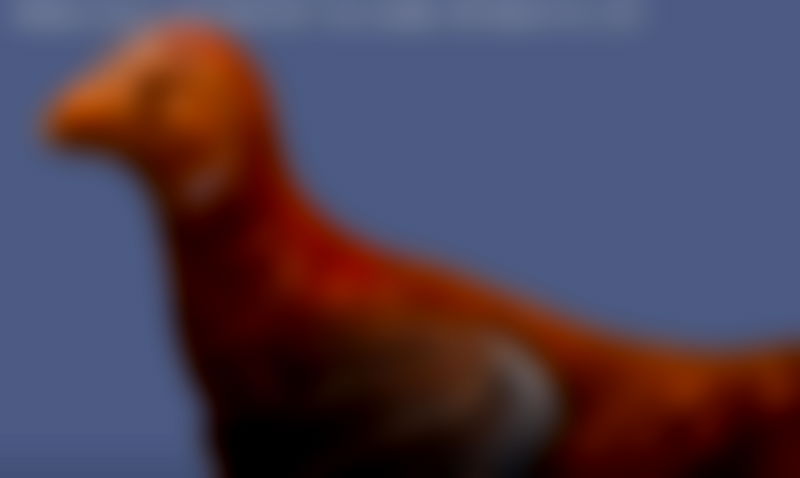Scientists Discover New Chicken-like Dinosaur in China



By Ryan General
A new feathered dinosaur which looks very much like the modern day chicken was recently discovered in China.
The newly discovered species, dubbed “Jianianhualong tengi”, reportedly existed during the Cretaceous period about 125 million years ago. A group of paleontologists found a well-preserved fossil of a three-foot long specimen of the species in Baicai Gou, Liaoning Province in China.
According to Gizmodo (citing a study published in Nature Communications), the new species is being recognized as the earliest known troodontid, bird-like dinosaurs which are considered to be the closest known relatives to birds.

Interestingly, Jianianhualong tengi is found to have asymmetric feathers characterized by long, stiff quills and barbs that are longer on one side than the other. This feather type is the first to be found on a troodontid. The unique feathering pattern, which has been largely associated with the evolution of flight, may provide a better understanding of how flight and feathers have evolved.
Co-led by University of Hong Kong’s Michael Pittman, the international team of scientists used standard comparative anatomical techniques and LSF imaging to analyze the fossil. The procedure, which involved focusing violet laser light at the fossil, helps in making the feather and bone anatomy much clearer to view.

“Troodontids are a group of bird-like dinosaurs that together with the bird-like raptors—called dromaeosaurs—share their closest common ancestor with birds,” Michael Pittman told Gizmondo, further stressing how crucial troodontids are in understanding the origin of birds and flight.
“These dinosaurs were extremely bird-like—and in fact, Jianianhualong tengi would have looked like a toothed, long-tailed chicken!”
While asymmetrical feathers are commonly associated with the ability to fly, such typse of feathers also appear in species that are not able to fly. The appearance of such feathering during feather evolution, therefore, has a significant importance.
“Jianianhualong is not the oldest fossil with asymmetrical feathers,” said Pittman. “However, as the only known troodontid with this feather type, the addition of this crucial new data point reveals that the closest common ancestor of birds, troodontids, and raptors had this feather type—it is this that pushes back the earliest record of this feather type.”
As of the moment, Pittman is still unable to confirm whether Jianianhualong tengi itself can fly.
“It is extremely challenging to accurately reconstruct aerodynamic capabilities in early fossil birds and bird-like dinosaurs, because there is a lot of missing data to deal with,” Pittman told National Geographic. “At this time we don’t have enough information to say whether the animal could fly or glide,” added. He also noted that in some dinosaur species, such feathers assist in longer leaps, slowing descents, or others uses than flight.
Share this Article
Share this Article